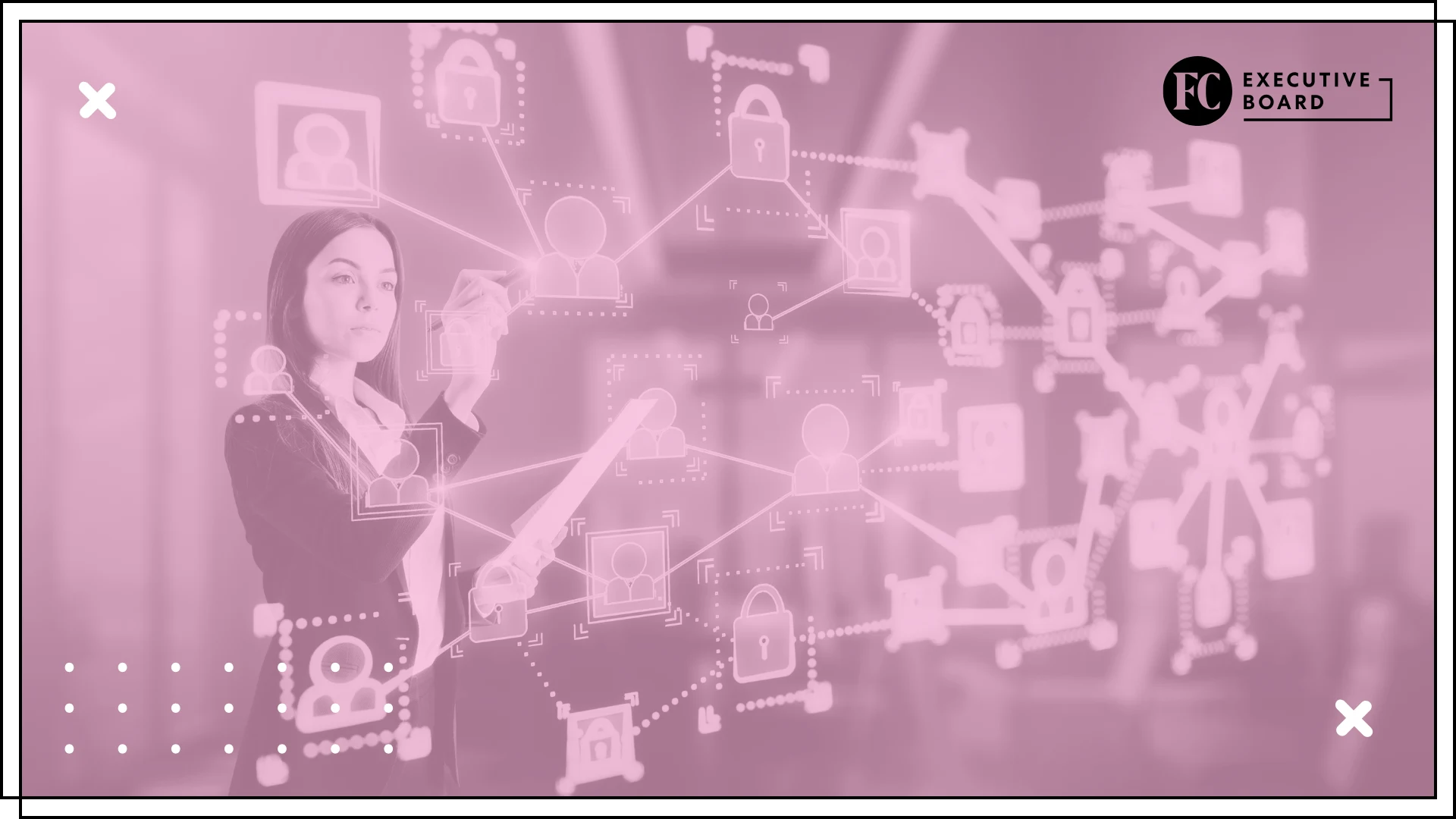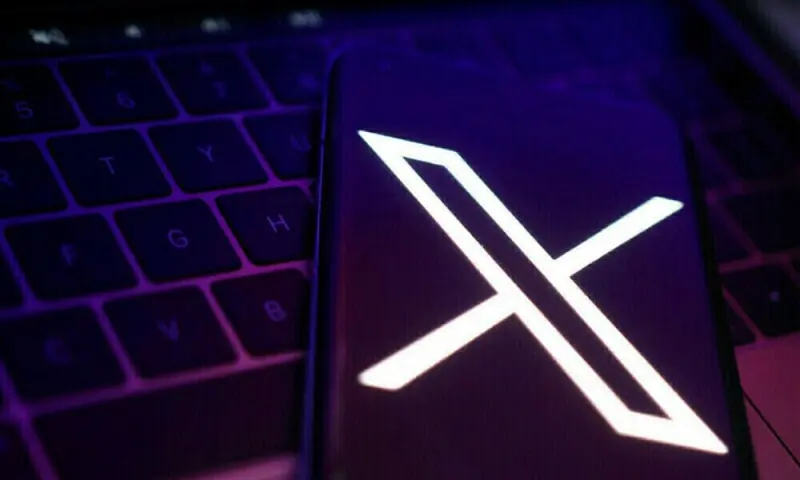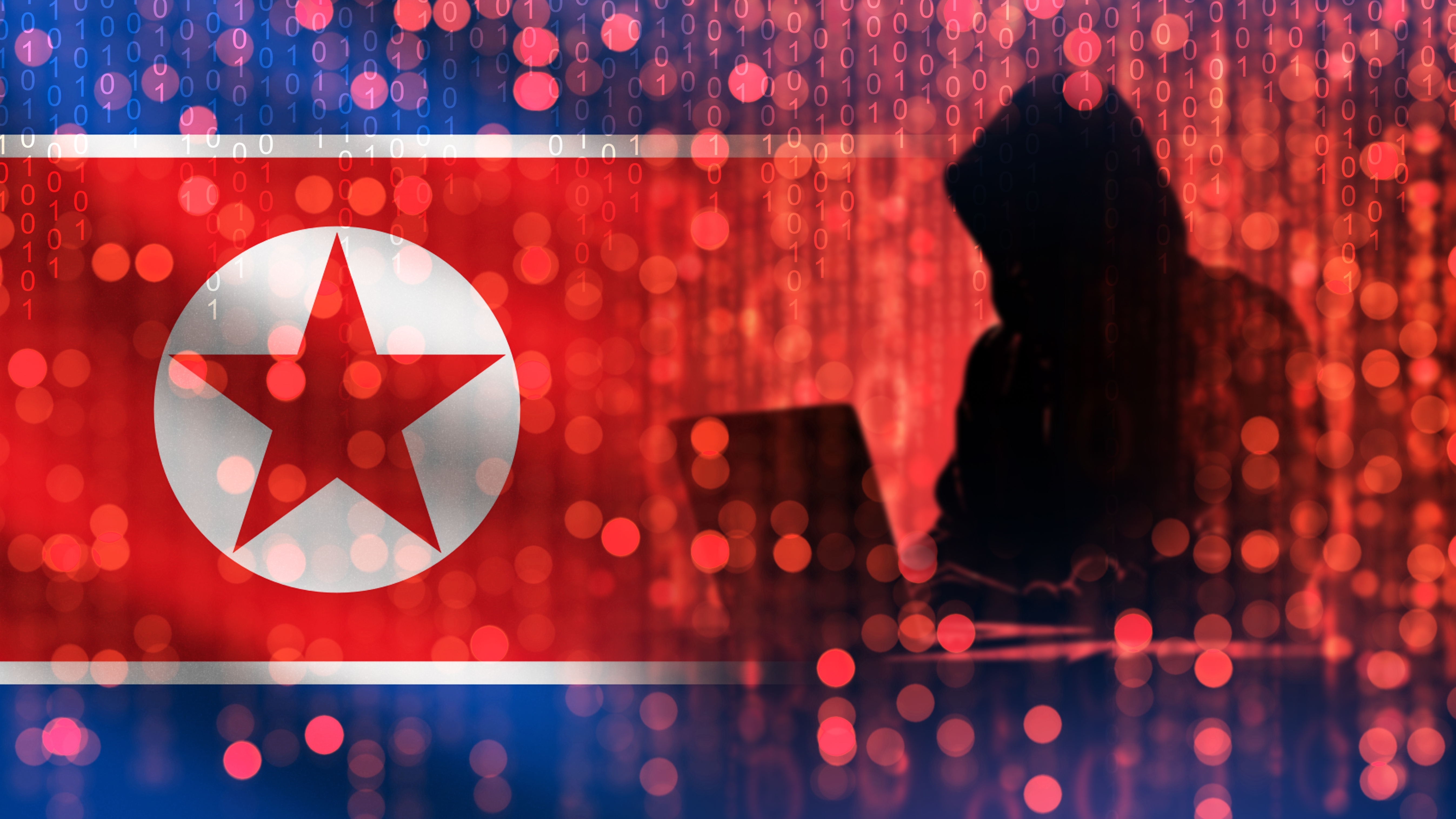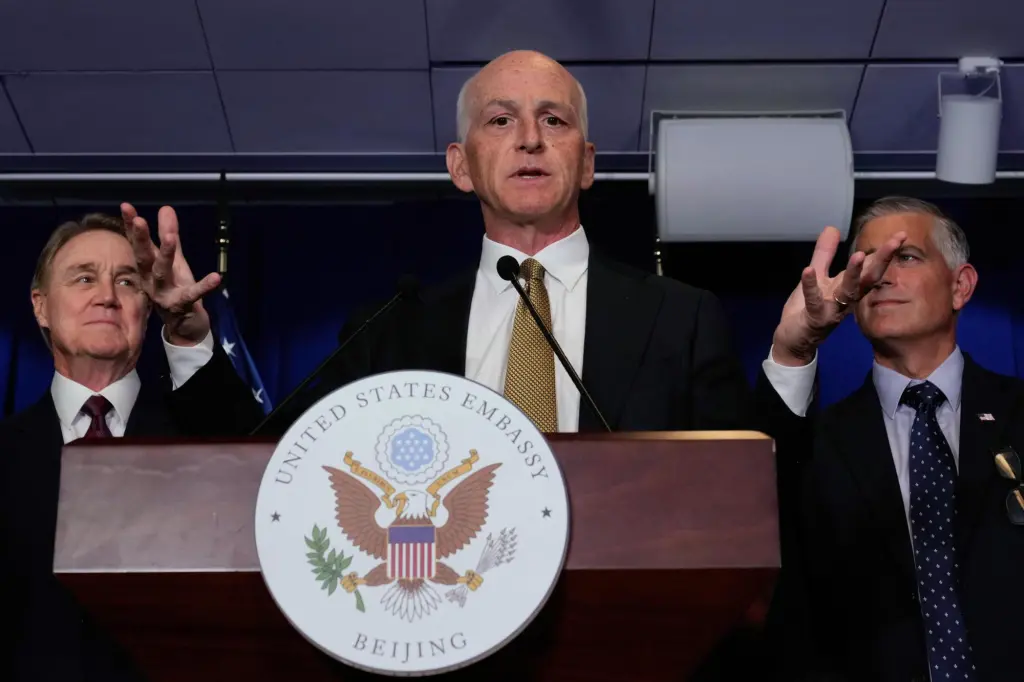
Verizon, like many companies in the tech space, has been using AI for years. We were early adopters—integrating AI into critical functions like customer service, retail, network operations, HR, and marketing. As one of my colleagues often says, “Our pilots are piloting.” But we all know piloting isn’t a strategy.
To harness the full potential of AI, we’ve shifted from isolated initiatives to a comprehensive, enterprise-wide approach. That means asking bigger questions: How will AI transform every layer of our workforce? Where will it accelerate innovation or free up capacity? Where will it introduce complexity? How do we prepare leaders and employees to not only adapt, but to thrive?
An enterprise approach
The integration of AI isn’t simply a tech upgrade—it’s redefining how work gets done. That’s why we began with a full analysis of every job family across Verizon. We broke down roles by tasks, mapping where automation could replace manual work, augment human capability, and unlock resources.
From this, we developed an AI impact heatmap that identified the roles with the most opportunity for transformation and illustrated where we should prioritize our AI implementation to create a competitive advantage. It helped us visualize not only efficiency gains, but also emerging complexities including new skill demands, new roles, and organizational design implications.
Subscribe to the Daily newsletter.Fast Company’s trending stories delivered to you every day
Privacy Policy
|
Fast Company Newsletters
Reports from firms like McKinsey & Co. predict workforce reductions of up to 30%. The workforce is projected to have broader leadership spans with fewer layers.
Our insights show that while automation creates capacity, it doesn’t always result in a 1:1 headcount reduction. In fact, it increases the cognitive complexity of many jobs and demands a different degree of human-centric skills and attributes—from creativity to ethical oversight to nuanced decision-making. This shift requires deliberate planning—not just to redeploy talent, but to reinvest in it.
Learning and leadership accelerate AI
Transformation at this scale can’t succeed without a parallel focus on learning and leadership. At Verizon, we’ve embedded AI-focused development across the organization—training more than 100,000 employees, including targeted training based on business function and specialty roles. And for the 20,000 leaders we train a year—from aspiring managers to the C-suite—we’ve applied an AI overlay to our core leadership curricula.
Although the knowledge, skills, and attributes of a leader aren’t entirely new, how they play out in practice in the dynamic era of AI is remarkably different. Leadership competencies that have historically been “nice to have” or “a plus” are now core requirements. This includes:
Data fluency, digital acumen, ethical and societal stewardship. In the past, these skills may have been reserved for technical or very specific jobs. Now they are core for most roles at many levels throughout the organization.
Systems thinking, reasoning and decision making are far more important and multifaceted with the infusion of AI.
Being agile, adaptable, and resilient takes on new meaning when uncertainty is the norm and perfection is rarely the first outcome.
Demonstrating intellectual curiosity ensures leaders focus not just on what’s new, but what’s next—learning faster and acting smarter.
Regardless of the changing world around us, valuing and cultivating uniquely human leadership qualities remains paramount. The ability to inspire, influence, engage, and instill trust, leading with emotional intelligence, sound judgment, and ethical clarity is more important than ever.
Workforce investments and imperatives
AI will inevitably change the workforce. According to KPMG, nearly half of large U.S. companies with at least $1 billion in revenue expect to invest at least $100 million over the coming year to fully enable generative AI across their operations. As some roles evolve and new ones emerge, investing in continuous learning is needed.
advertisement
And with that comes another imperative: hiring and growing tech-savvy leaders across all functions. It’s no longer enough for technology to live in IT or innovation labs. Today’s business leaders must be well-versed in how AI works, how it should be used, and how it fits into the bigger picture of people and performance. Today’s leaders don’t all need to be AI experts—but they do need to be AI shapers.
As we look ahead to the second half of 2025 and beyond, we’re approaching workforce planning with intentionality. Our AI strategy is embedded in how we assess, train, lead, and grow talent. It informs how we organize work, structure teams, and define what leadership looks like.
None of this happens by accident. It requires strategy, clarity, and investment—upfront and ongoing.
And, perhaps most fittingly, we’re using AI to help us build our AI future. From the skills data we analyze to the heatmaps we created, AI isn’t only the subject of our transformation—it’s the tool we use to get there.
Christina Schelling is senior vice president, chief talent officer, at Verizon.



